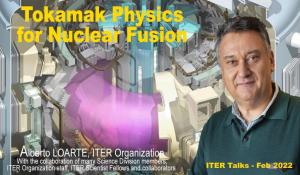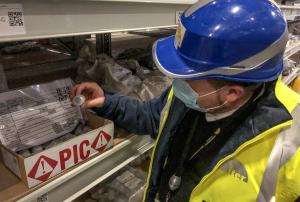What’s New
28 February 2022
ITER news digest for the period of 14 February 2022 to 28 February 2022.
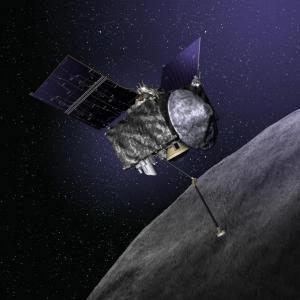
A third way to fusion?
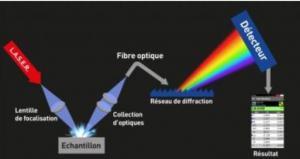
WEST is first to test fibered LIBS measurements
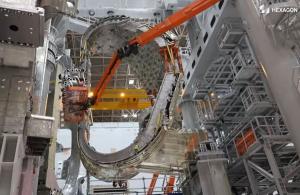
Metrology-assisted machine assembly
Tokamak Physics for Nuclear Fusion
